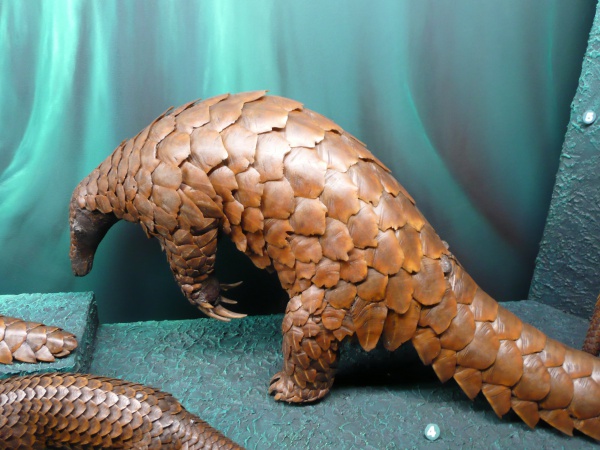Facts About Giant pangolin
The giant pangolin, the largest member of its family, roams the equatorial regions of Africa, stretching from West Africa to Uganda. Renowned for its diet of ants and termites, this fascinating creature was first described in 1815.
One of the most striking features of the giant pangolin is its size, with males typically being larger than females. Their bodies are covered in brown to reddish-brown keratin scales, providing a unique form of protection. They have long snouts, thick tails, and large front claws, complemented by the charming presence of eyelashes.
The giant pangolin is endowed with a keen sense of smell and sizable anal glands. It exhibits a distinctive mode of locomotion, primarily walking on its hind legs while protecting its claws by using the outsides of its wrists. Remarkably, it can also walk upright, using its tail for balance. These creatures favor habitats such as savannas, rainforests, and forests rich in termite populations and water sources, avoiding high-altitude areas.
As nocturnal and solitary animals, giant pangolins are elusive and difficult to observe. They are adept climbers and have a specialized diet, breaking open ant and termite nests to feed. Little is known about their reproductive habits, but we do know that baby pangolins are born with soft scales that harden as they mature. For added protection, they can release a secretion from their anal glands.
Unfortunately, giant pangolins face significant threats due to habitat destruction, deforestation, and hunting for the bushmeat trade. The illegal trade, particularly to Asia, is a major concern, with frequent seizures of pangolin body parts highlighting the pressures on their populations. Conservation efforts are critical to prevent further decline and ensure the survival of these unique creatures.

 Burundi
Burundi